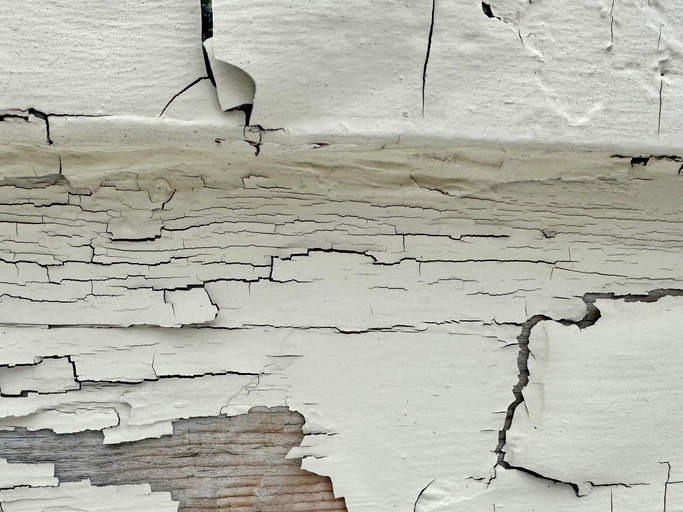Toxic Substances
- Mississippi Poison Control Center
- About Us
- Medical Toxicology
- Poison Information
- Education Materials
- Resources (external links)
- Contact Us
Lead poisoning

Pediatric lead poisoning is a preventable environmental health problem. Lead toxicity can occur by ingestion, dermal, or inhalation. The majority of lead toxicity in children occurs after ingesting a toxic lead source. Toxic exposures in adults are generally occupational.
Lead Sources
Soil and dust
Tap water
Glazed pottery
Electrical cords
Garden hoses
Lead-based paint
Keys
Batteries
Imported canned foods
Imported spices, candies, and herbal medicines
Metal jewelry
Ammunition
Outside water faucets
Older, plastic miniblinds
Symptoms
Symptoms of lead poisoning may be delayed by days to weeks. Here are several signs to watch for:
Learning problems
Nausea and persistent abdominal pain
Growth retardation
Behavioral problems
Unexplained seizures
Irritability
Developmental delay
Hearing loss
Frequent tiredness
What can you do
If you or your child are showing signs or symptoms consistent with lead poisoning, seek medical care. Lead poisoning is easy to assess with a simple venous blood sample.
Prevent children from eating peeled or chipped paint. Even the dust in older window sills, steps, or porches can pose a significant threat of toxicity. Most homes built prior to 1970 contain lead paint. Federal law requires the disclosure of lead paint during real estate transactions. If in doubt, have the home checked. Some hardware stores sell testing kits for the presence of lead paint.
When remodeling an older home or working at a potential lead-contaminated work site, make sure to remove clothing and shoes prior to entering your home. The dust from clothing and shoes can be enough to cause clinically significant exposure.
Always wash your hands before eating. After playing outside, wash your children’s hands, toys, and pacifiers as well.
Visit https://msdh.ms.gov/page/41,0,176.html for this and further information about lead poisoning.


